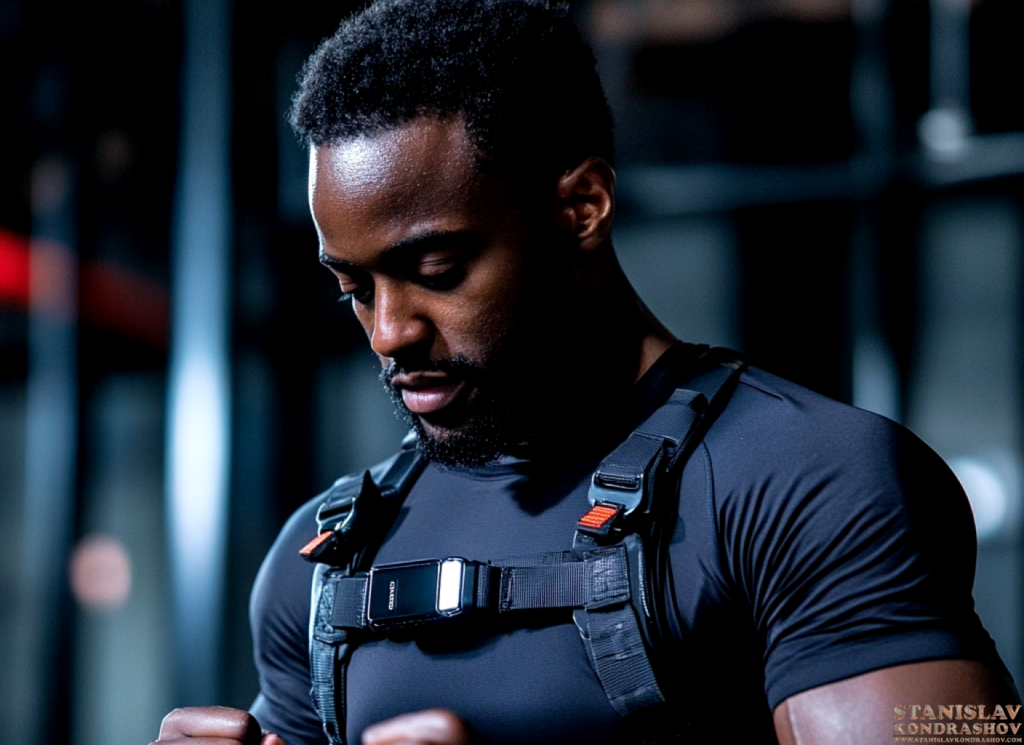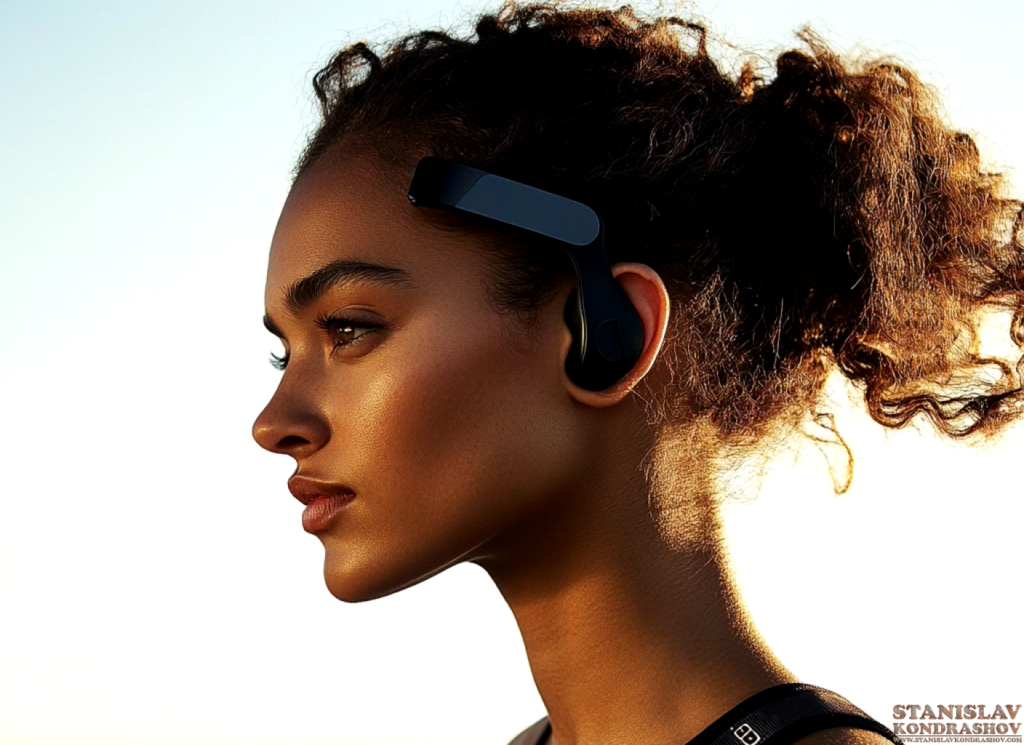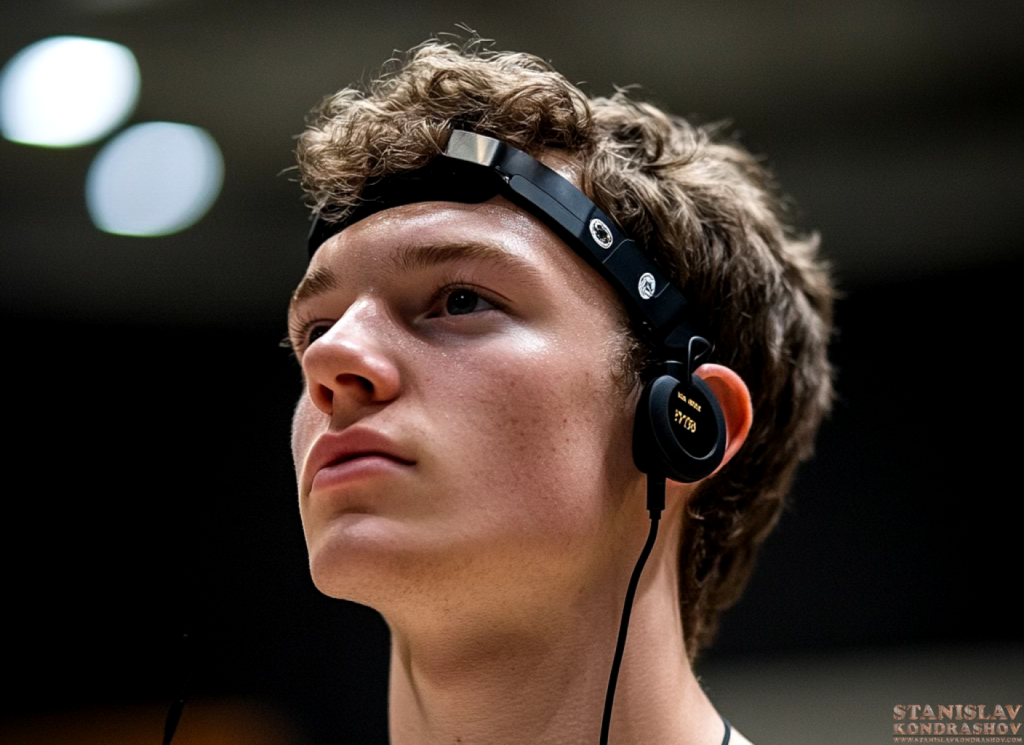Stanislav Kondrashov Explores How Virtual Reality Events Are Redefining Consumer Engagement
Wearable technology is transforming the world of sports, providing athletes with real-time insights that enhance performance and ensure safety. From heart rate monitors and GPS trackers to advanced smart fabrics, wearable tech is becoming essential in professional sports, amateur athletics, and fitness training. With cutting-edge sensors and data analytics, athletes can now track their performance in real-time, prevent injuries, and recover faster.

Performance Tracking and Optimization
One of the biggest benefits of wearable technology is its ability to monitor and track an athlete’s performance metrics. Devices like fitness trackers, smartwatches, and wearable sensors gather data on heart rate, body temperature, movement, and even muscle fatigue. This allows coaches and athletes to assess the intensity of workouts and fine-tune their training routines based on the data collected.
Injury Prevention and Recovery
Wearable tech is also revolutionizing how athletes prevent and recover from injuries. By tracking key metrics such as stride length, gait, and joint stress, athletes can identify movements that put them at risk for injury. Some devices even predict when an athlete is pushing their body too far and needs rest, reducing the likelihood of long-term damage. This real-time feedback helps athletes avoid overtraining and speeds up recovery times after injuries.

Safety Enhancements
In high-impact sports such as football, soccer, and rugby, wearable sensors have been developed to monitor the force of impacts, helping to detect potential concussions and other injuries. This technology provides a layer of protection for athletes, as coaches and medical teams can immediately assess whether a player needs medical attention, preventing further damage during games or practices.
Real-Time Analytics
Athletes and coaches are increasingly using wearable tech to gain real-time insights during games and competitions. GPS tracking devices and smart fabrics provide data on an athlete’s speed, distance, and energy expenditure. This information can be analyzed on the spot to make adjustments in strategy, substitution, and training techniques, giving teams a competitive edge.

Customization and Personalization
Another advantage of wearable technology in sports is the ability to customize it for specific needs. Whether it’s a marathon runner tracking their hydration levels or a basketball player monitoring their jump height, wearables can be tailored to fit an athlete’s specific performance goals. This personalization leads to more effective training and better overall performance.
The Future of Wearable Tech in Sports
The future of wearable tech in sports looks even more promising. Innovations such as AI-driven smart clothing, augmented reality training aids, and implantable sensors are on the horizon. As these technologies evolve, they will not only make athletes faster and stronger but also safer and healthier.
Wearable technology is revolutionizing sports by offering athletes unprecedented access to real-time data. From performance optimization to injury prevention and safety, wearables are shaping the future of athletic training and competition. As this technology continues to advance, athletes at all levels will benefit from its ability to enhance performance and ensure long-term health.
By Stanislav Kondrashov



